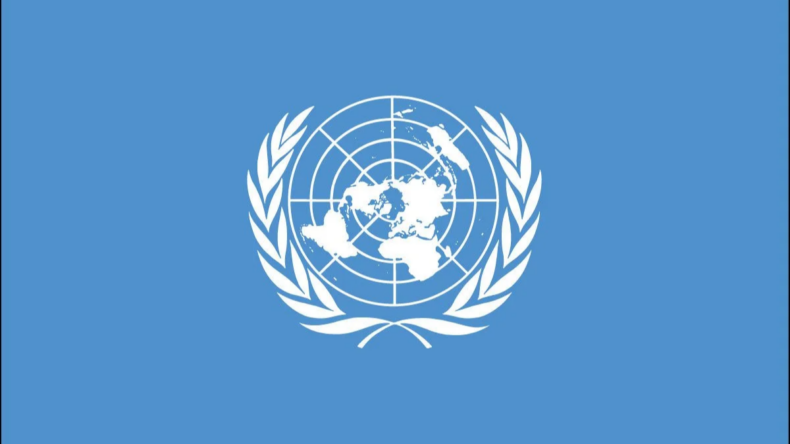We are already facing severe shortages of various things around the world, from water to food to everything in between. We are already seeing the negative effects of environmental changes and global warming around the world.
Now, we have another thing that is entering the list of shortages we are facing, Sand. The most-extracted solid material in the world and the second-most used global resource behind water, sand’s use is largely ungoverned throughout the world.
This means that we are consuming it faster than it can be replaced by geological processes which in fact take hundreds of thousands of years.
Due to the unrestricted use of sand, the Kenya-based United Nations Environment Programme (UNEP) has issued a warning. “We now find ourselves within the position where the requirements and expectations of our societies can’t be met without improved governance of sand resources,” Sheila Aggarwal-Khan, director of the Economy Division at UNEP said in the report’s foreword.
“If we act now, it’s still possible to avoid a sand crisis.”
Global sand consumption for use in glass, concrete, and construction materials has tripled over the last two decades to reach 50 billion tonnes a year, or about 17 kilograms per person per day, harming rivers and coastlines and even going as far as wiping out small islands.
Sand is the most used material in the world. Whether it’s about building concrete structures, walls, or even glass, sand is used literally everywhere. Due to its increased consumption, riverbeds and beaches are being stripped of sand, resulting in an environmental crisis.
Sand performs a key role in regulating the environment – by protecting from storm surges, acting as a habitat for a number of species, and even protecting against erosion.
The report, released last week, has called for urgent action to avert a “sand crisis,” including a ban on beach extraction.
UNEP’s Pascal Peduzzi who coordinated the report, written by over 22 authors has said that some of the impacts of over-exploitation were already being felt. In the Mekong – the longest in Southeast Asia – sand extraction was causing the delta to sink, resulting in the salinization of previously fertile lands.
In a Sri Lankan River, sand removal has reversed the water flow, meaning that ocean water is heading inland and bringing salt-water crocodiles with it.
Finally, removing sand from coastal areas can make coastlines more susceptible to the impact of global climate change, like more powerful storms.
According to the National Oceanic and Atmospheric Administration (NOAA) of the US Department of Commerce, sand is formed when rocks break down from weathering and eroding over thousands and even millions of years. Rocks take time to decompose, especially quartz (silica) and feldspar.
Often starting thousands of miles from the ocean, the rocks slowly travel down rivers and streams, constantly breaking down along the way. The tan color of most sand beaches is the result of iron oxide.
Conclusion:
It is without a doubt that sand is the latest in a long list of essential natural resources that are facing a shortage. Efforts need to be taken to preserve sand, the same way efforts throughout the world have taken place for water conservation. Serious and effective steps need to be taken to preserve this vital resource.
Read Also: World Bank revises the Global Poverty Line
Published By: Aman Gupta
Edited By: Vanshika Sahu












